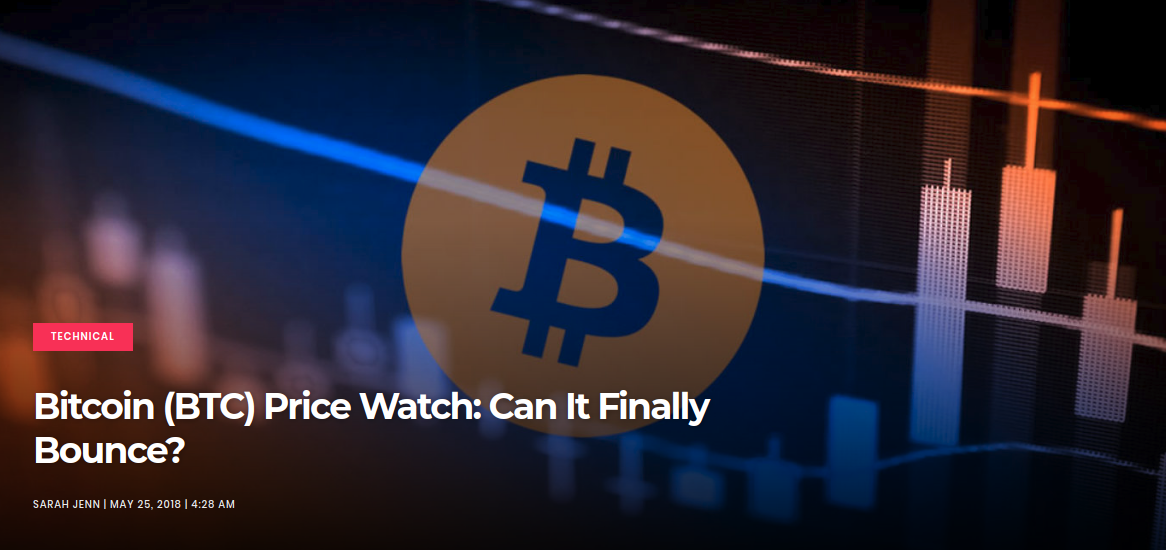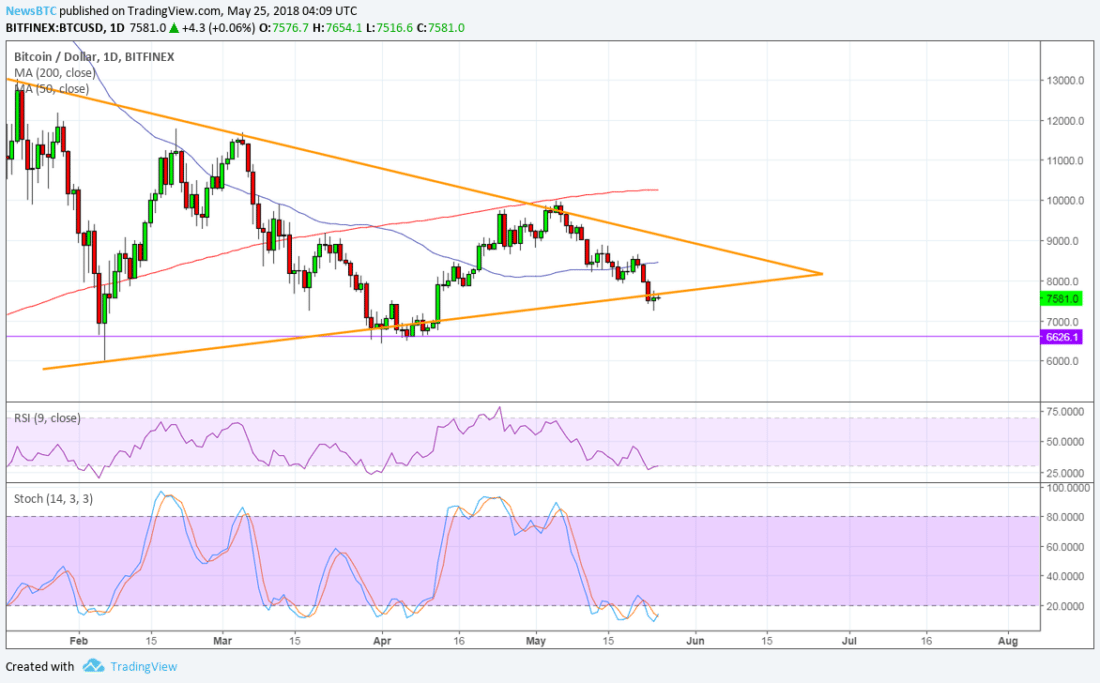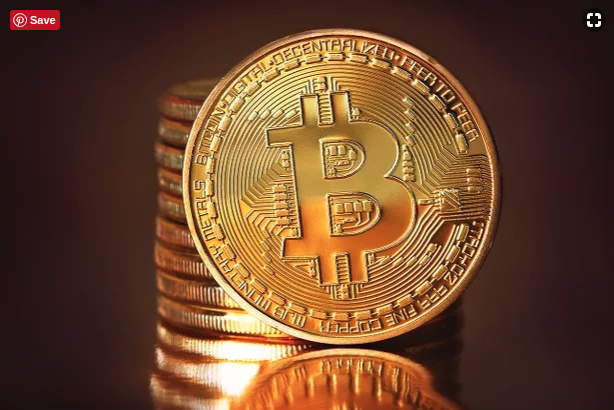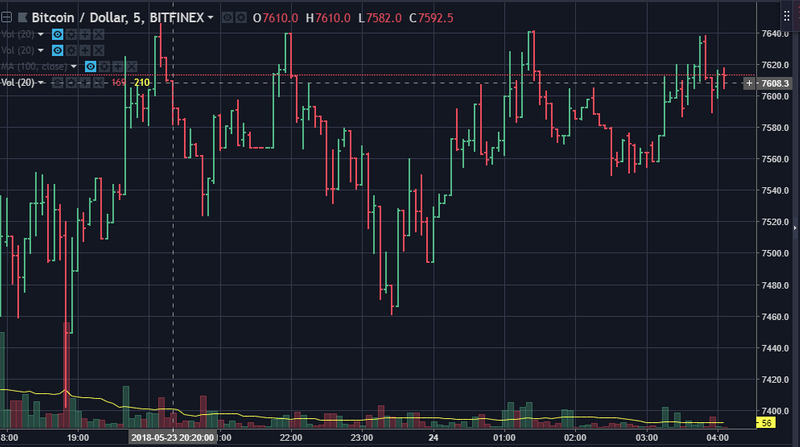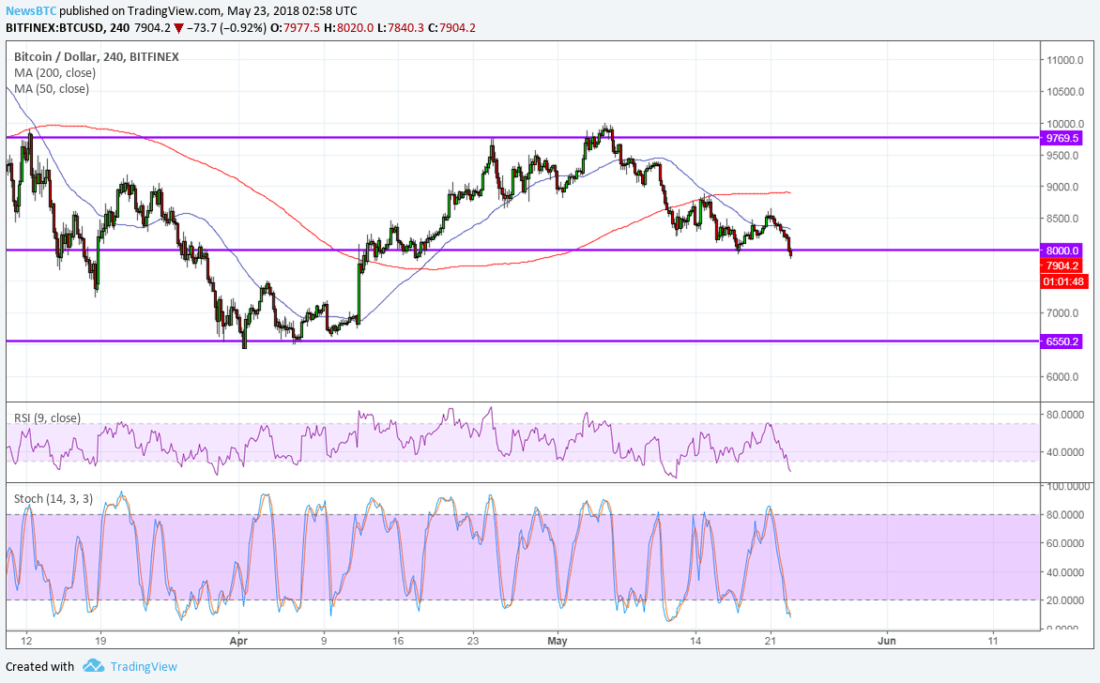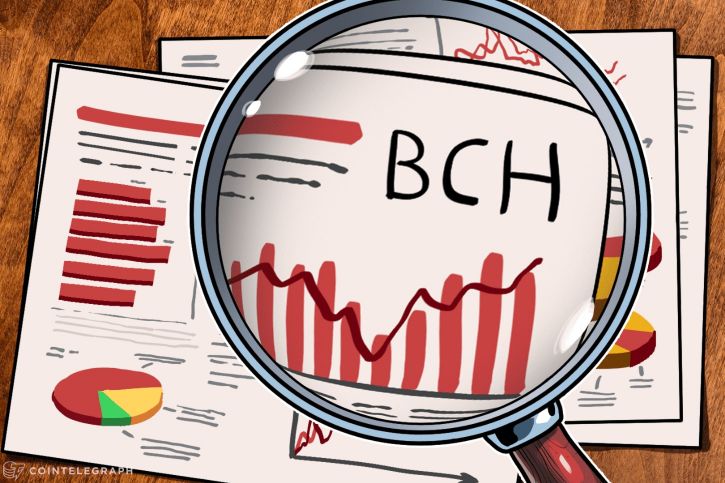
The church is the Body of Christ — not a building or a passive experience led by professionals
Written by GodLife on 05/06/2018
Series: Weekly Devotional
Tags: Church, Church And Community, Fellowship, Gifts, Membership
…Christ loved the church and gave himself up for her, that he might sanctify her, having cleansed her by the washing of water with the word, so that he might present the church to himself in splendor, without spot or wrinkle or any such thing, that she might be holy and without blemish.
Ephesians 5:25-27
There wouldn’t be books named “Mere Christianity”, “Simple Church”, “The Church of Facebook” or “Jesus Without Religion” if we were all comfortable with the way we experience church. Why is there so much appeal in questioning, simplifying and getting back to the basics Jesus intended?
Maybe a better way to put the question is, why do people have such a habit of complicating things? Do you have a personal story about how church got complicated for you? I have several. One of my pastors had an affair with a close friend. Years later, at a different church, another was caught embezzling. After a cross-country move, I found myself in almost the opposite situation in a new church. A majority vote prevented an elder board from taking a clearly biblical action. Gossip had caused the congregation to forget principle and take the wrong side of an issue.
A church is a collection of people called out of the world to follow Jesus. We worship God together. We learn to follow Christ together. We commit to love and serve one another. We are visible as the people of God in our community with a mission to do good and expand His Kingdom among them by sharing our hope and good will. Churches are meant to be attractive — they can provide a sense of belonging to people who don't have a group with a clear mission with which they can identify. We can speak authoritatively to people who need answers about life and death, right and wrong, judgement and mercy.
What kind of membership could be more important than that? The trouble is, churches are made up of people. Even God’s people get their priorities out of order sometimes. Here are three broad categories of problems “unchurched” Christians often have with churches.
Some problems are matters of preference — and we all have preferences
When you start attending a church, sometimes things that are part of that church culture are unfamiliar to you. The worship team may prefer piano and organ music with traditional hymns, while you're a fan of contemporary worship music you hear regularly on the radio. They might use a different Bible version from the one you prefer. The pastor's speaking style may not appeal to you. As a result, you may struggle to follow the order of service and understand what the messages are about. These are matters of preference and experience. There are far more important things to be concerned about. If you have more than one option for church fellowship, you may wish to visit many until you can relate to the worship and message style. Don't let secondary issues keep you away from church altogether. (Hebrews 10:24-25)
Some problems are personal — especially when it comes to your time and your stuff
It’s so easy to fade into the background. It sounds noble to draw no attention to ourselves, and to allow others take the visible and important positions in any group. But church isn't supposed to be a spectator sport. Church is us! It’s neither a building nor an institution run by professionals who don’t need others’ help. In the list of gifts given to the church in Ephesians 4:11, have you ever noticed that the gifts are people?
"And he gave the apostles, the prophets, the evangelists, the shepherds and teachers" (Ephesians 4:11).
The church is the Body of Christ, empowered to continue His mission in the world. (John 20:21) Peter says that because each believer has received a spiritual gift, the only way to be a good steward is to use it (in the context of your church fellowship) to serve one another. (1 Peter 4:10)
Some problems should never show up in church — and yet they sometimes do
It’s uncomfortable to share the stories I shared earlier. They may tend to give the impression that corruption is the rule rather than the exception. However, I’ve been around many churches, and I’ve been a Christian a very long time. Still, the moral and ethical failures I described in the introduction happen far more often than most people expect. When a pastor or other church official has an affair, steals money or otherwise uses his authority for wicked advantage, it leads some to despair and to feel betrayed. This is a sure sign of a deeper problem: allowing the professionals, those deemed especially anointed, to decide and do almost everything. The church is not the pastor. No pastor is incapable of sin. Both the Old Testament and the New Testament warn the reader about being led astray by unspiritual leadership. Therefore, it is very important to pray for those who God has provided to give us spiritual guidance and to help us in determining God’s direction for our life. “Pray for us, for we are sure that we have a clear conscience, desiring to act honorably in all things.” (Hebrews 13:18)
We should pray for our own leaders and the leaders of other congregations. When we start seeing this kind of thing happening a lot, it's not time to cynically withdraw from fellowship with all of God's people, but to see the “corruption” in our own lives and "Return, O faithless children, declares the LORD… And I will give you shepherds after my own heart, who will feed you with knowledge and understanding." (Jeremiah 3:14-15)
Pray this week:
Oh, God, teach me how to truly love your Church and to be an effective steward of the gifts you invested in me for her sake.
Do you have a story to tell? Do you wonder if your church has leaders abusing their authority? Are you beginning to suspect that you’re part of a “spectator” congregation?
Alan Zibluk Markethive Founding Member


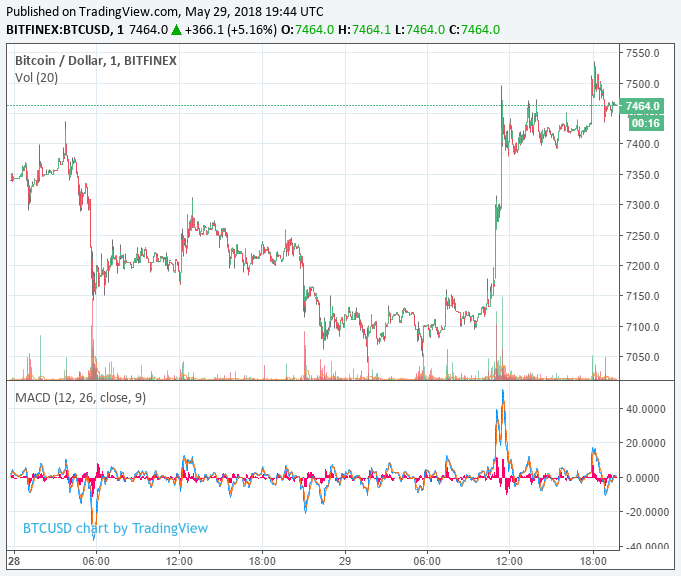
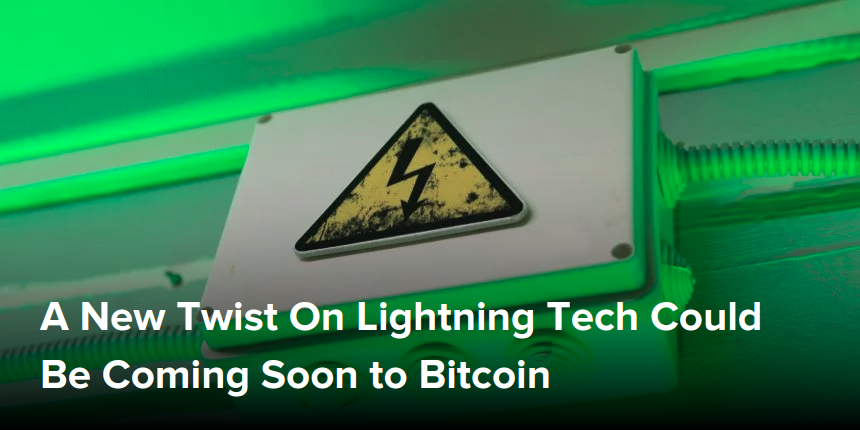

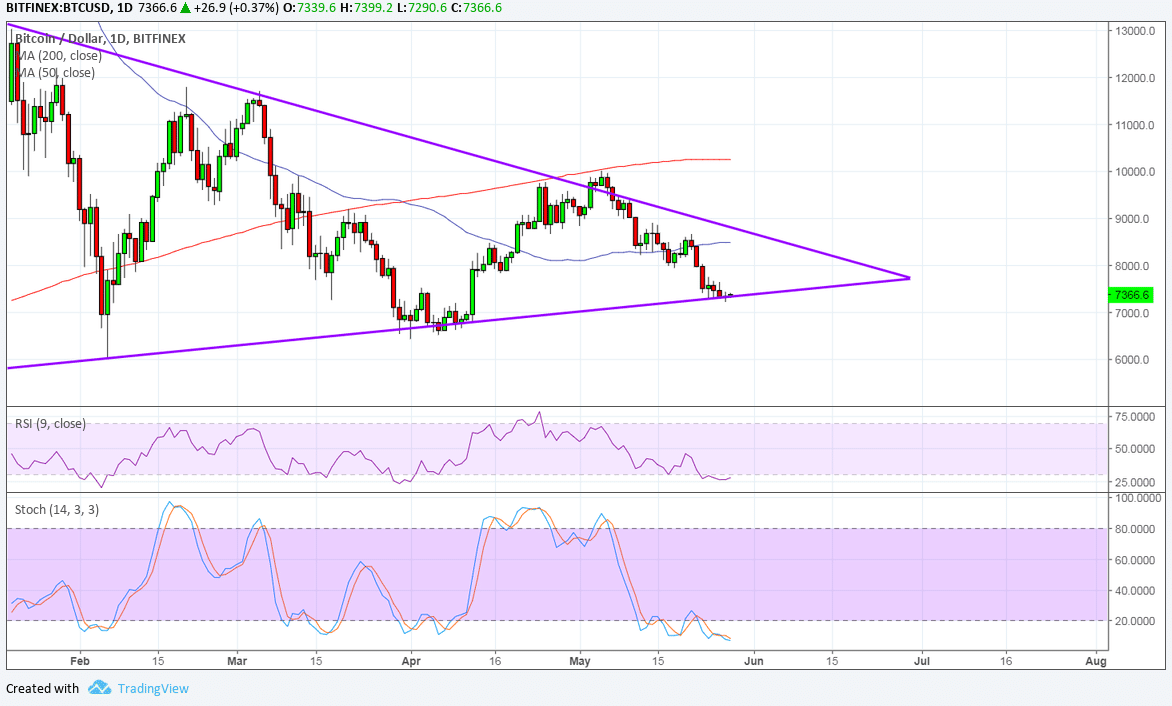
![87.5% of all Bitcoins [BTC] will be mined by 2020 â Here's why it matters!](http://seriouswealth.net/wp/wp-content/uploads/2018/05/xiang-gao-403143-unsplash-e1527343243626.jpg)

